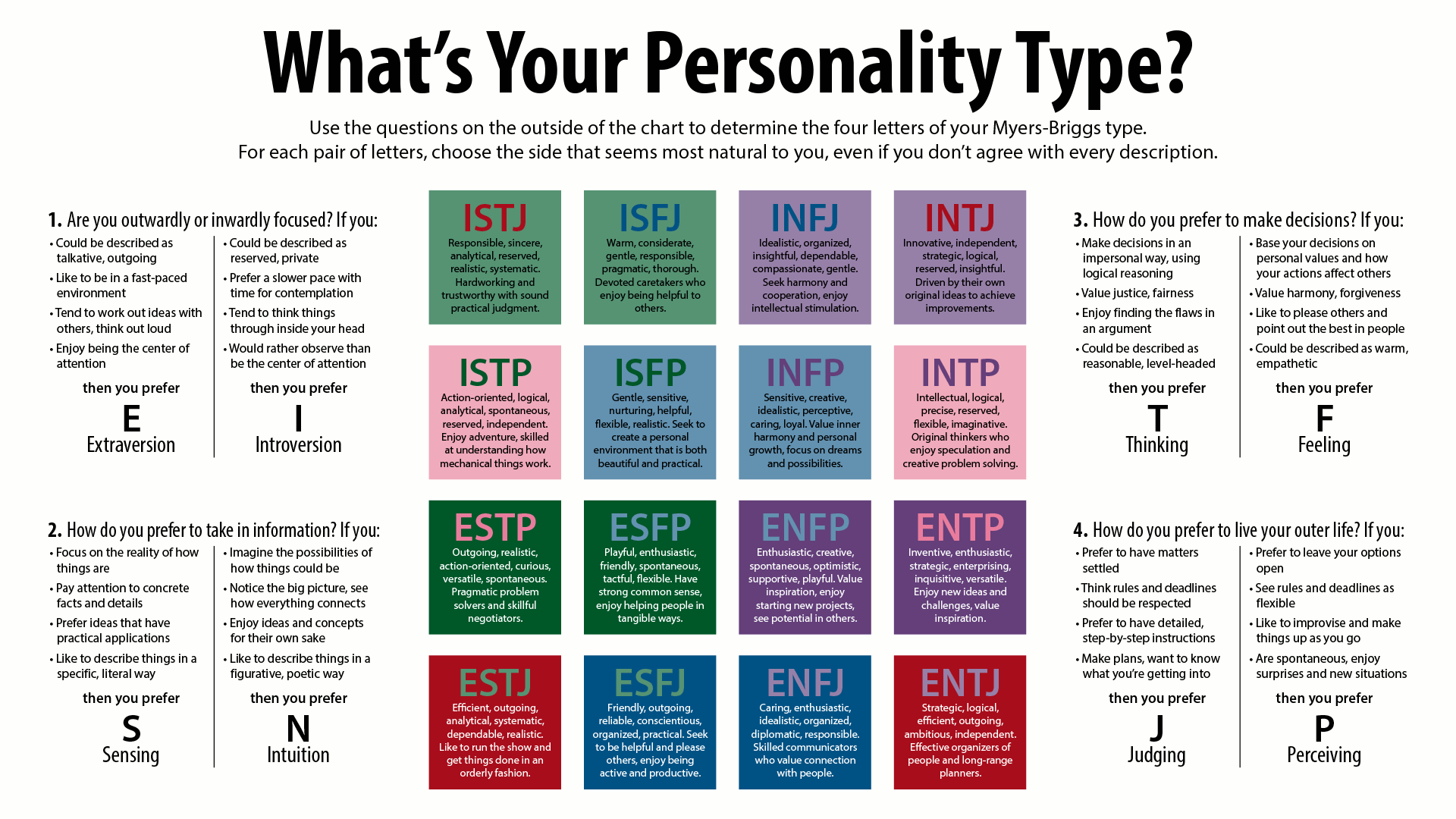It seems like bias is everywhere in our world…
Some bias is healthy and normal. We may have a bias for or against a certain sports team or those of us who are parents will naturally be biased toward our children.
But when it comes to decision-making in our organizations, bias can lead to putting out fires, missed goals, financial losses, regulatory headaches, instead of taking action to prevent the fires and achieve the goals.
Over the last few decades, psychologists and other behavioral scientists have identified over 200 different types of biases with more added each year. While there has been much research on identifying these biases, very few have categorized them.
When it comes to decision-making, there are close to 30 specific biases and traps that can be broken down into six categories according to the book Decision Quality: Value Creation from Better Business Decisions.
Below are these categories and relevant biases that can be directly linked to decision-making in organizations.
Protection of Mindset
Mindset is anything in our heads, whether beliefs, preferences, prejudices, unconscious assumptions, and more. Like an antibody attacking a virus in the body, we are hard wired to reject or attack anything that seems in opposition to our mindset. For example, have you ever tried to provide someone with a new perspective on a certain topic just to feel like you’re hitting a brick wall?
Some specific biases that fall into this category include:
1. Avoiding dissonance – any view that is against an existing mindset is by default uncomfortable because the mind cannot hold two conflicting ideas at the same time.
2. Confirmation bias – we are hard wired to only accept and retain evidence that conforms to existing beliefs. (A good example of this is reading/watching news that reinforces your current beliefs.)
3. Overconfidence – the common failing of thinking we know more than we really do.
4. Hindsight bias – when examining past mistakes, we rationalize that we knew the right answer all along.
5. Self-Serving bias – we attribute success to our own efforts while claiming failures were due to bad luck and other situational factors outside of our control.
6. Status quo – clinging to a position, technology, or strategy despite evidence that it isn’t working in the hope things will change in our direction. (You know, that product that has been on a market for 3 years and despite the marketing efforts, just isn’t selling as expected. You hope that a competitor will fall out of the market or the product will suddenly catch on with customers.)
7. Sunk cost – even when it becomes clear a particular project is not working out, we continue to cling to it because of the resources that have already been invested. (Kind of like the software implementation that is taking longer than planned and costing more money than budgeted…but the company refuses to re-evaluate its decision.)
Personality and Habits
Each of us has a collection of habits and personality traits that make us unique. In the business world, the Myers-Briggs Type Indicator (MBTI) uses four dimensions to segment these traits (i.e. extrovert vs. introvert, sensing vs. intuition, thinking vs. feeling, judging vs. perceiving).
(Image courtesy of Jake Beech via Wikimedia Commons)
Many people are under the impression that certain habits and personality types are bad. However, the authors in Decision Quality explain:
Personality preferences and habits of mind are not problematic in themselves. The negative impact comes when these biases lead us to approach a decision as we see it rather than as it is.
Some biases that fall into the personality and habits category include:
8. Preference-based habits – rather than focusing on what’s needed for the decision itself, we approach a situation based on our preferences and habits.
9. Habitual frames – our personality preferences can lead to specific habits that affect decision-making. A person with a more intuitive trait will naturally expand the frame of a problem, broadening the scope and number of decisions needed, while a sensing trait will narrow the frame to minimize the number of decisions.
10. Content selectivity – involves us selecting information that conforms to our personal view of the world. Closely tied to the confirmation bias (#3).
11. Decision style – processes used to make decisions which are based on our natural style. A judging type of person will look for a quick conclusion while a perceiving personality likes to keep options open.
Faulty Reasoning
Our minds struggle when we force them to deal with complexity or uncertainty (which is everywhere!), even when we are in a deliberate thinking mode. Complicated decisions require us to enlist the support of external sources in the form of data, tools, processes, and/or experts. If we fail to do this, we can end up falling into one or more of the following biases and traps.
12. Selective attention – multi-dimensional problems and loads of data can be confusing to our minds, so we therefore tend to oversimplify by only focusing on what seems important.
13. Inability to combine many cues reliably – some decisions, like buying or building a home, include multiple components that are equally important, but we only focus on a few key attributes (likely the ones that are easiest or personally important) and ignore the rest.
14. Substitution heuristic – this particular bias is used to shift attention away from tough questions to easier ones, even though the easier question(s) may have little or nothing to do with the decision.
15. Order effects – for decisions with many pieces of information, we sometimes can only remember either the first or last ideas or inputs…in short, we tend to oversimplify complicated matters.
16. Confusion about uncertainty – regardless of any expertise, one of the biggest culprits of confusion is uncertainty, where there are unpredictable factors or a simple lack of information.
Automatic Associations and Relative Thinking
These two categories are combined because of the effects from one often come together with the other. We often make judgements based on comparisons, connections, or associations with things in easy reach, which leads to biases. These particular biases can be some of the most difficult to recognize.
17. Ease of recall – if we are able to remember or imagine an event easily, our minds will assume that the event is more important or likely to occur.
18. Availability effects – we tend to assign more importance to things we have heard recently over things we heard in the past.
19. Vividness – somewhat similar to the bias #18, impressions or memories that are more vivid or intense have more influence our decision-making.
20. Narrative fallacy – this bias involves creating a good story in our head that we end up believing is true, even if the story is based on very limited information. Like telling yourself something is true.
21. Halo effect – characterized by a perception that someone is more powerful just because of who they are standing around. The halo effect is commonly found in politics, butin business, an example would be getting credit for increasing sales and profits when in fact the success is due to market fluctuations.
22. Anchoring effects – an anchor is a number someone will suggest and others automatically cling to. They have the most effect when there is uncertainty on what the right number might be. Think about sales or profit forecasts or even poorly designed goals.
23. Framing effect – the way a question is posed can have a dramatic impact on how it is framed in our mind. We often just accept the first frame put in front of us rather than considering all possibilities. This is the first of the relative thinking biases.
24. Reference point effect – we make quick judgements, often unconsciously, on things we can easily comprehend. Take the grocery store as an example; there may be a big sign next to the paper towels that says $0.20 off the full price, which may seem like a bargain until you learn the regular price is $5.00.
25. Context effects – a big yellow sale sign may seem like a more attractive offer if it’s the only sale-priced item on the shelf.
Social Influences
The sixth and final category involves influences we gain as part of the larger society. From birth to the end of our lives, we are “socialized” in beliefs and behaviors of the group. For example, people who grow up in a given area will generally dress and behave in a common way. Our natural social tendencies play a huge role in providing stability and collaboration, but it does come with some negative features that risk professionals and decision-makers have to be on the lookout for, including:
26. Conformity –individuality and innovation are traits many appear to promote, but behind the scenes, ideas that conflict with the group’s consensus are often dismissed.
27. Suggestibility –involves someone altering their views to conform with the group by accepting and acting on the suggestion(s) of others. (Closely tied to bias #26.)
28. Cascades – occurs when the impacts of conformity and suggestibility lead to a domino effect in a group. If the first two people reveal they will be voting a certain way on a proposal, the third person may change their vote and disregard the reasons for their initial support. (How many of you have seen this in meetings?)
29. Groupthink – groups tend to discount diverse viewpoints, leading to this final bias on our list. This can lead to overconfidence and therefore shut minds off to any contrary views. (A downside of larger group meetings to discuss risk.) As we explained earlier, there are many biases that can affect human behavior, so wrapping our minds around it can be difficult if we don’t focus on the ones that have the most impact on decision-making.
Not every bias here will be relevant to a decision at your organization. Learning about them will be helpful for understanding which ones are relevant to our particular situation so we can take effort to minimize their impact.
Have you ever noticed any of these biases either in yourself or in others around your organization?
Which ones do you think have a greater impact on decisions in your organization?
As always, I am interested in hearing thoughts on the topic of bias. Please don’t hesitate to leave a comment below or join the conversation on LinkedIn.
This post, believe it or not, barely scratches the surface on biases in decision-making. Watch for a subsequent post where I will talk about how you can take action to address more prevalent biases that we encounter in the workspace.
Lastly, if your company is struggling to ensure decisions are not clouded by bias, please reach out to me to discuss your specific situation today!
Featured image courtesy of Yourcelf via Wikimedia Commons









